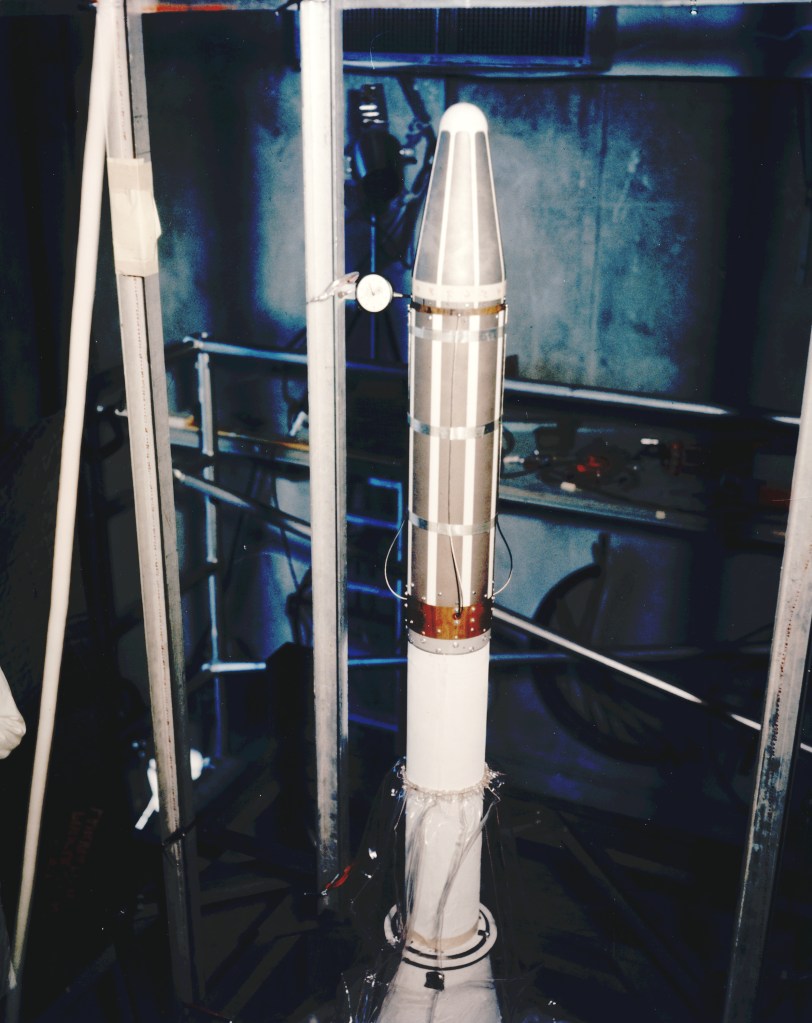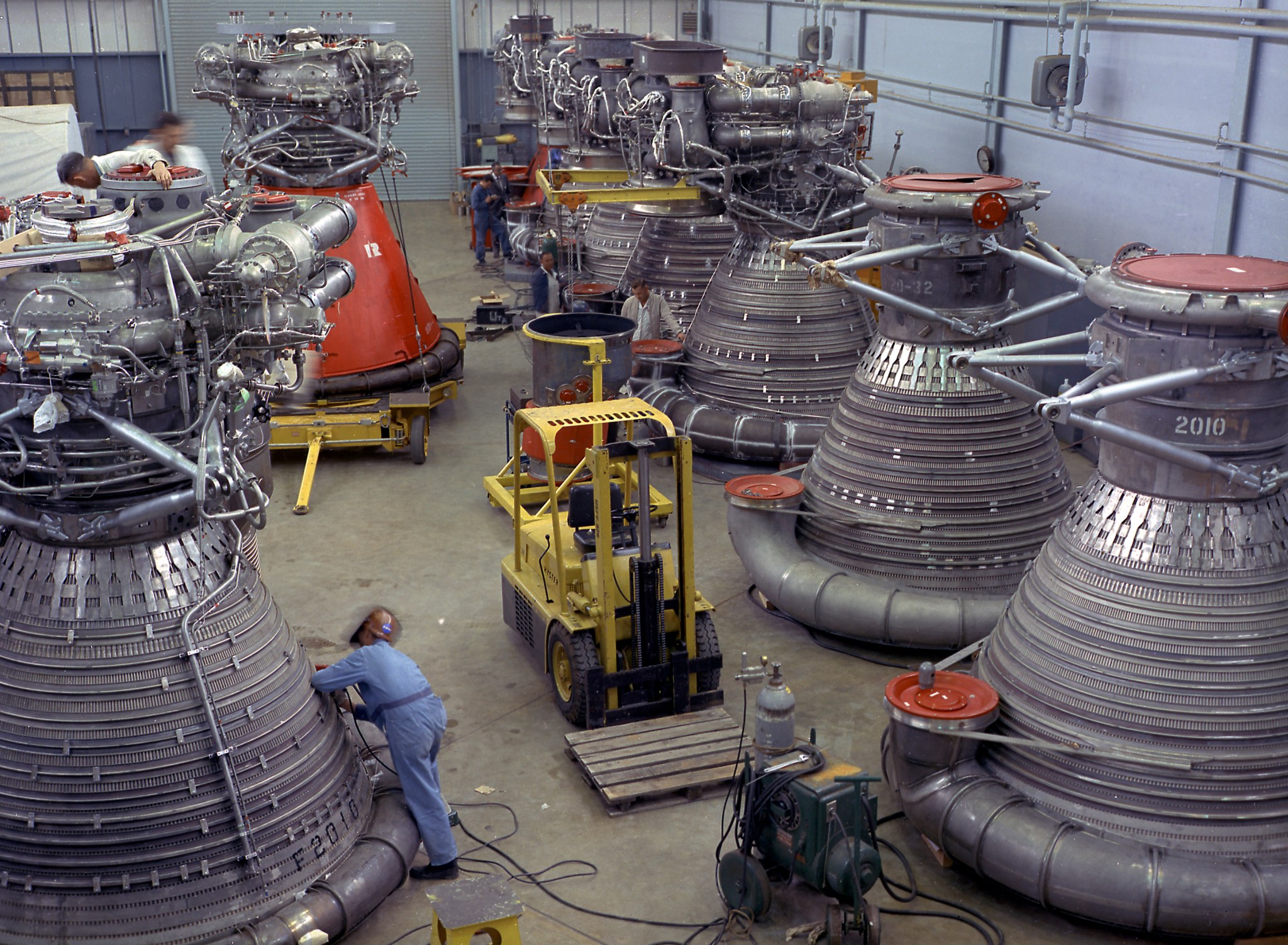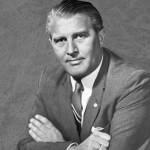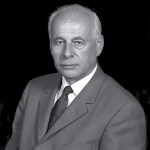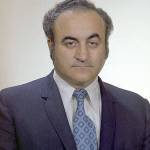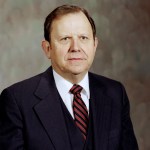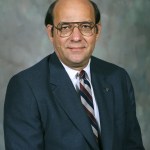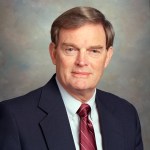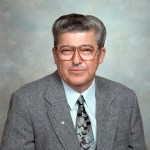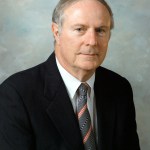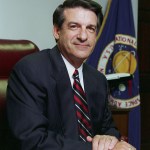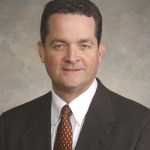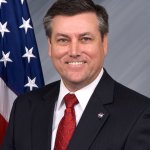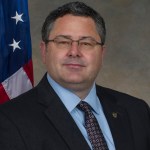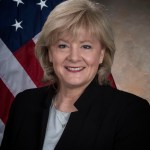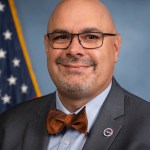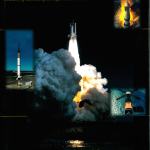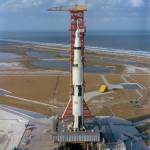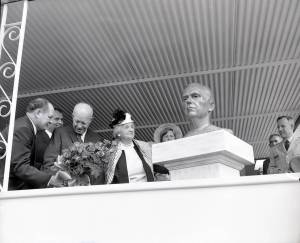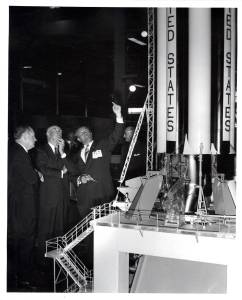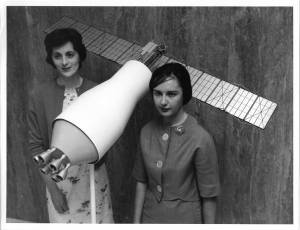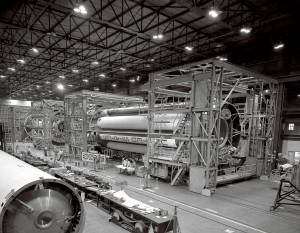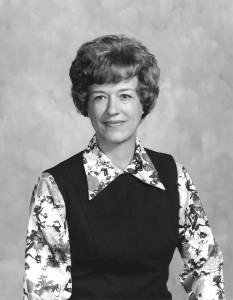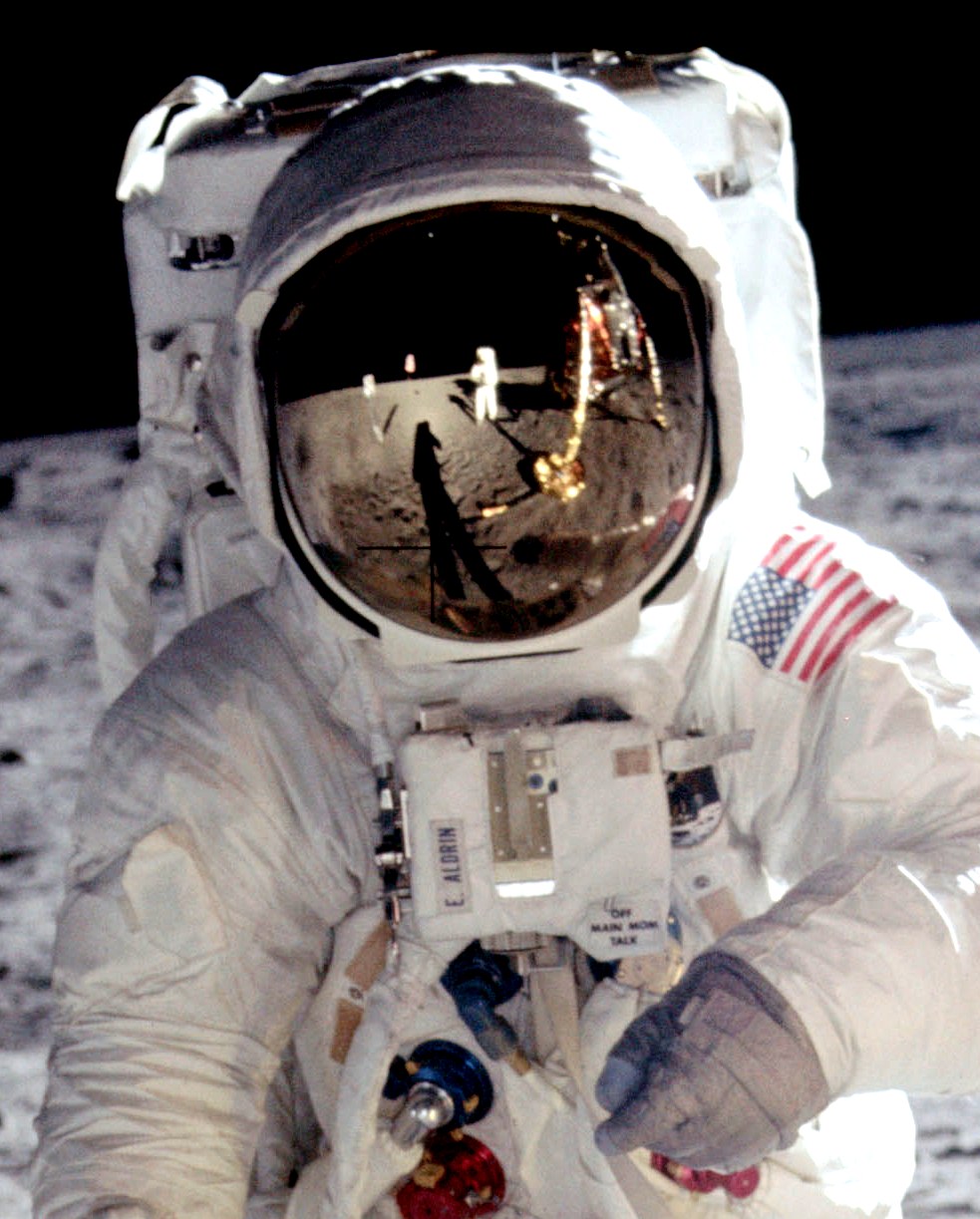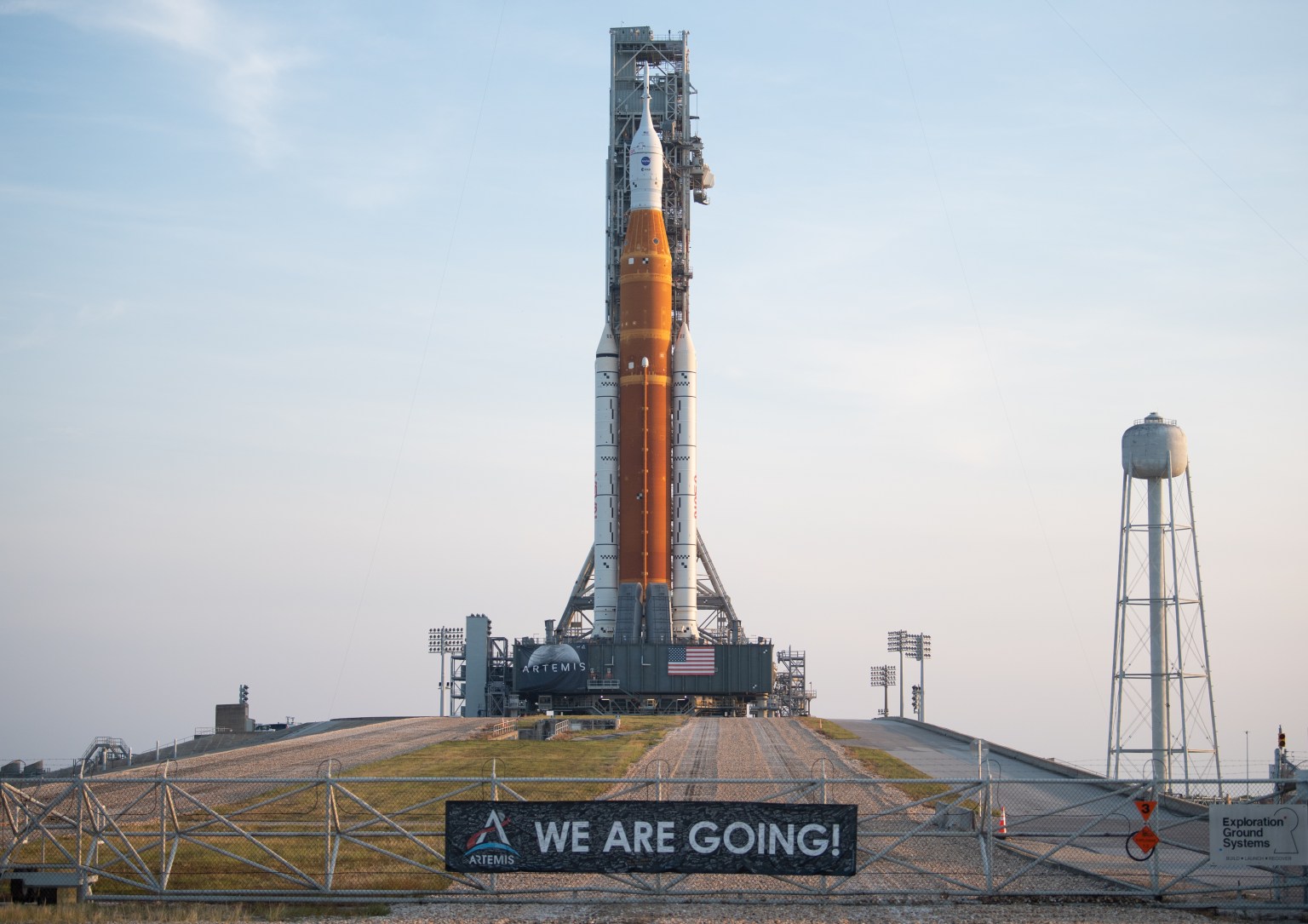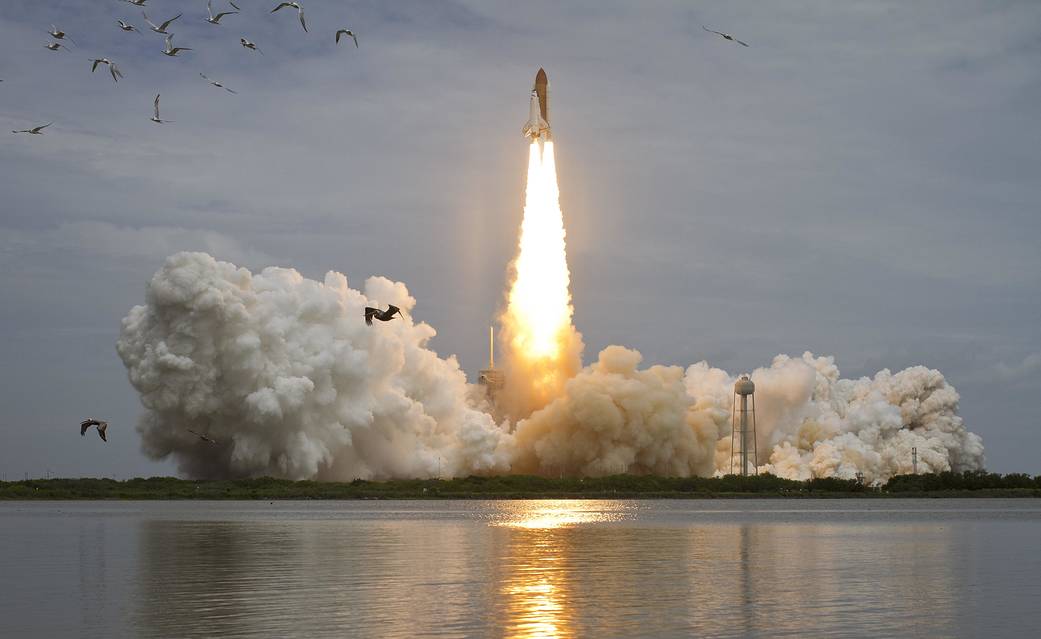Marshall Center Directors 1960–present
In 1961, when President John F. Kennedy envisioned an American on the moon by the end of the decade, NASA turned to Marshall Space Flight Center to create the incredibly powerful rocket needed to turn this presidential vision into reality. Since its beginning in 1960, Marshall has provided the agency with mission-critical design, development and integration of the launch and space systems required for space operations, exploration and scientific missions.
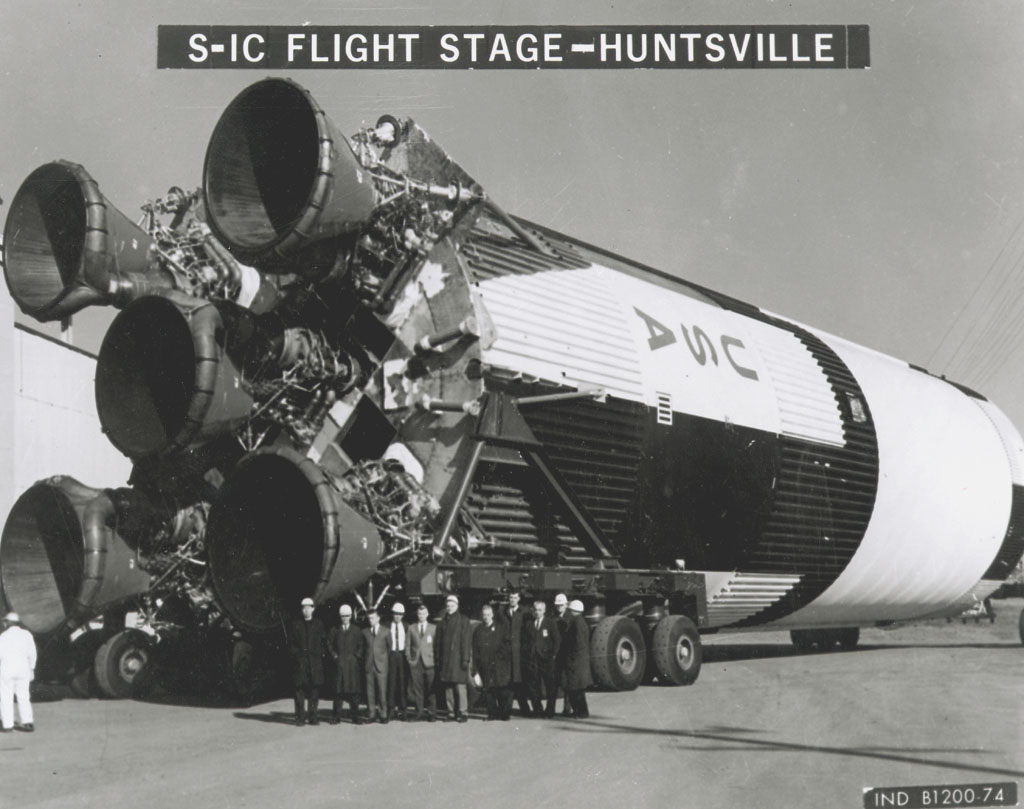
Marshall’s legacy in rocket engineering includes providing the Saturn rockets that powered Americans to the moon and the Lunar Roving Vehicle that aided exploration of the moon; managing the development of Skylab, America’s first space station; developing space shuttle propulsion systems and experiments, including Spacelab; building the Hubble Space Telescope and the Chandra X-ray Observatory; and building the International Space Station’s laboratory modules and experiment facilities and operating station science experiments. In addition to these major programs, Marshall has built many smaller science experiments and conducts science in a variety of disciplines. Marshall’s expertise in building large space systems and unique interdisciplinary approach to problem solving brings scientific and engineering expertise together, providing answers that improve life on Earth and provide a foundation for deep space exploration.
Marshall 65
For 65 years, NASA’s Marshall Space Flight Center has shaped or supported nearly every facet of the nation’s ongoing mission of space exploration and discovery, solving the most complex, technical flight challenges and contributing to science to improve life and protect resources around the world.
Learn More about Marshall 65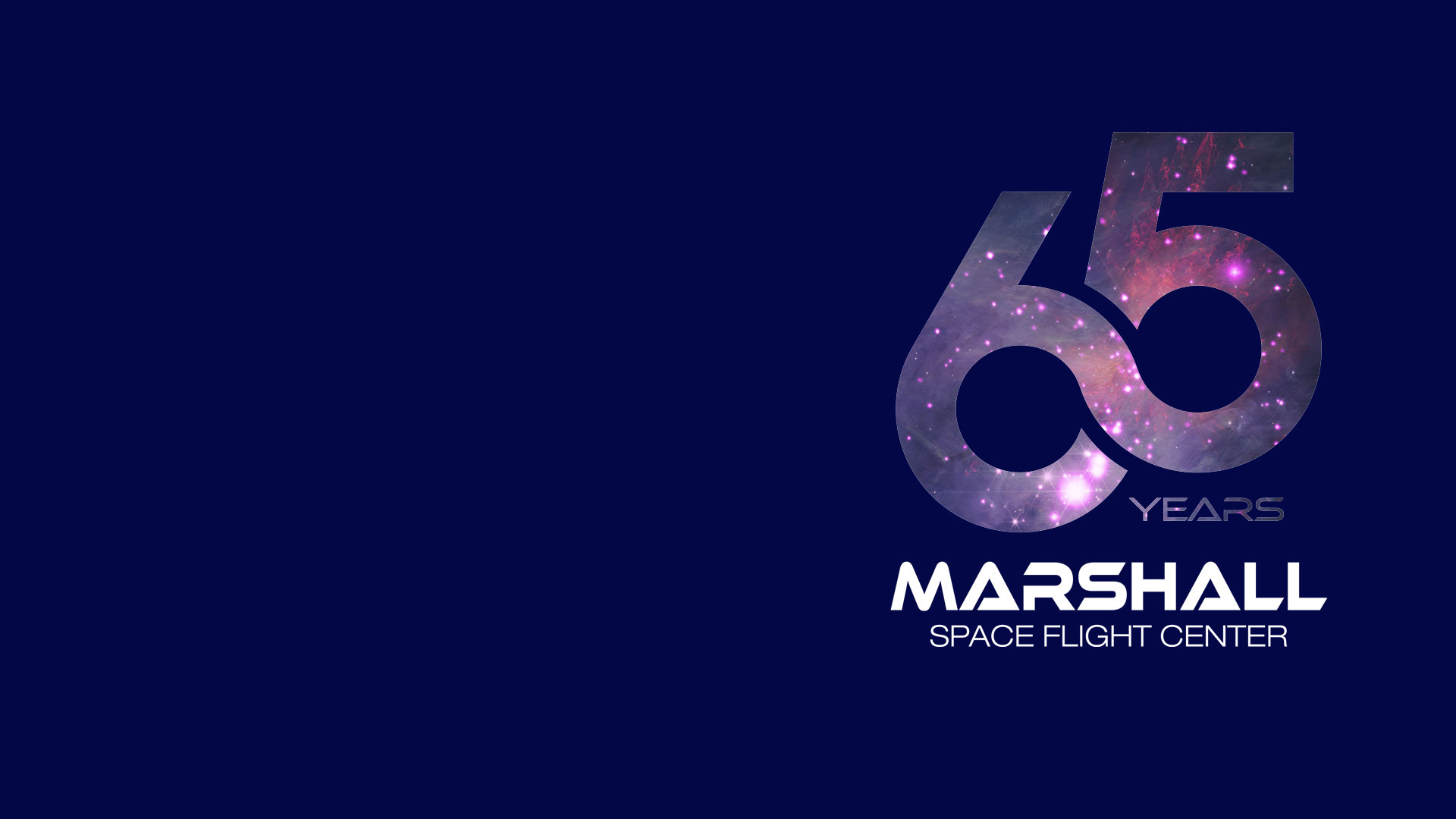
Learn More about the History of Marshall Space Flight Center
Marshall History
Watch archival film and video from some of the greatest develop enisn NASA Marshall Space Flight Center’s history.
Explore the PlaylistMarshall History Stories
Learn how it all began. Read about Marshall’s role in rocket history and space science. Find articles, pictures, and videos of events from Marshall’s past from the early years of rocket pioneer Dr. Wernher von Braun to the International Space Station.
Mercury-Redstone Launch Vehicle
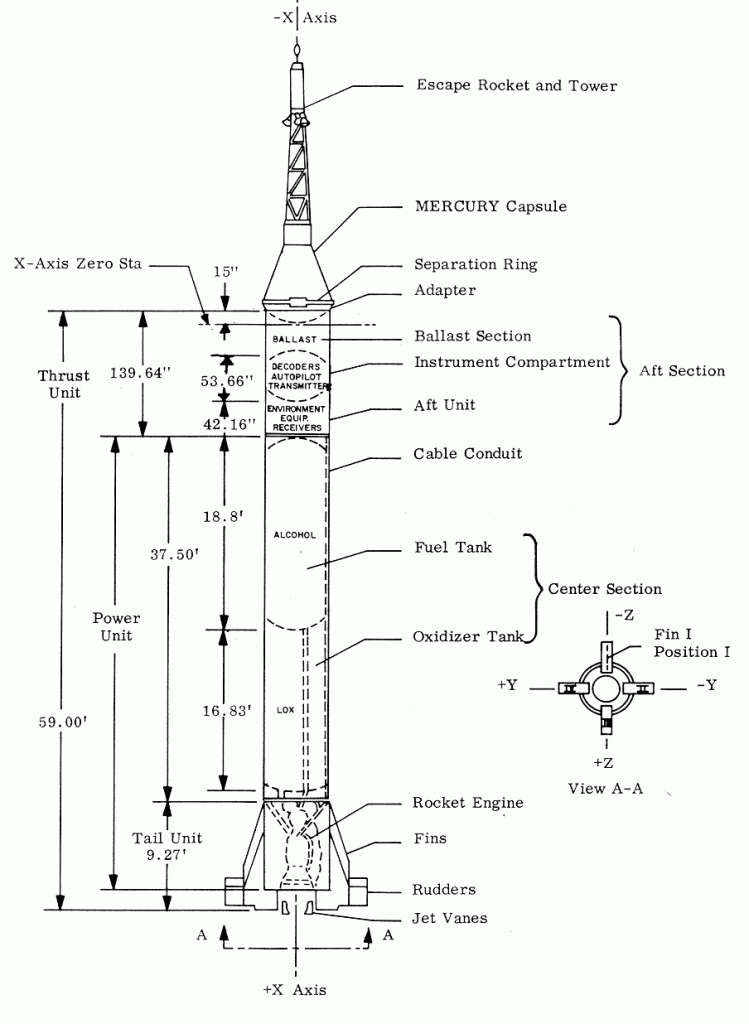
January 29, 1971: Apollo 11’s Columbia lands in Montgomery, Alabama
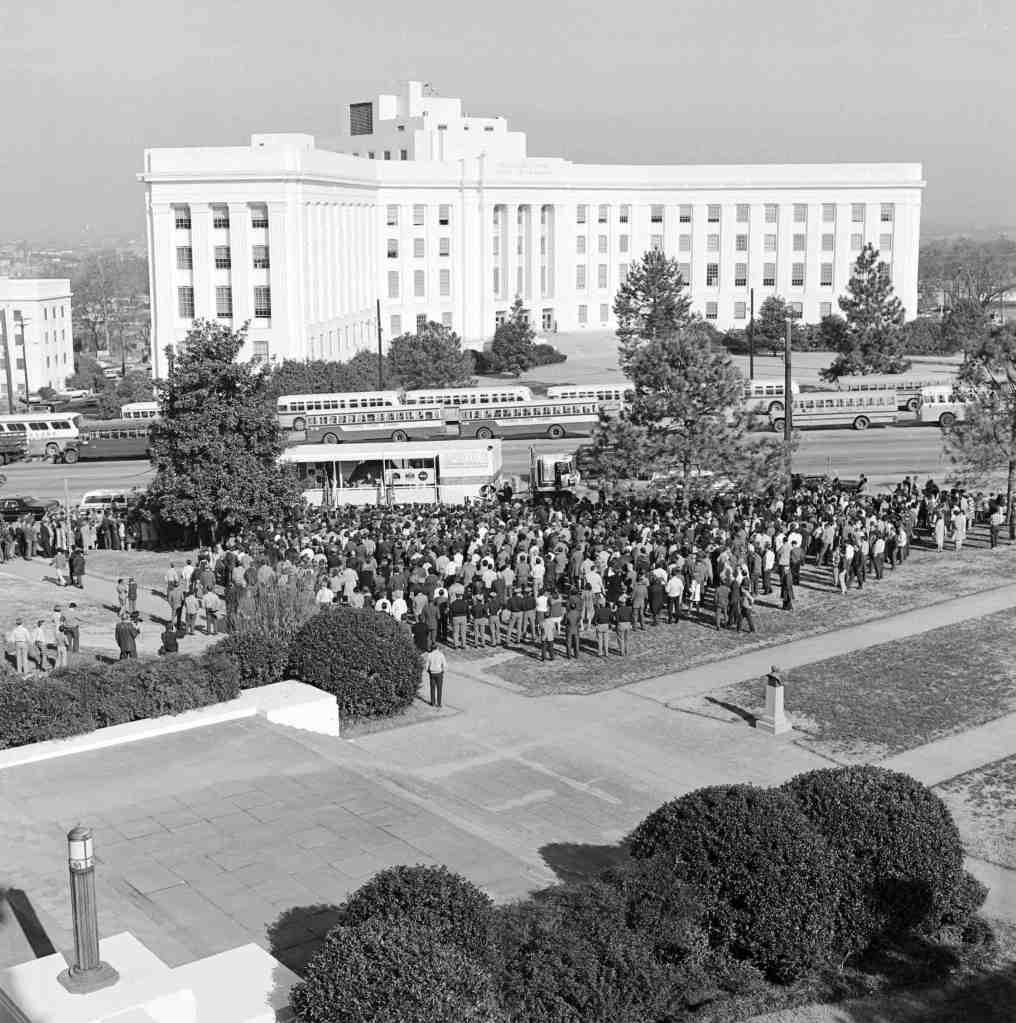
Moon Trees Stand as Living Testaments to First Voyages to Moon
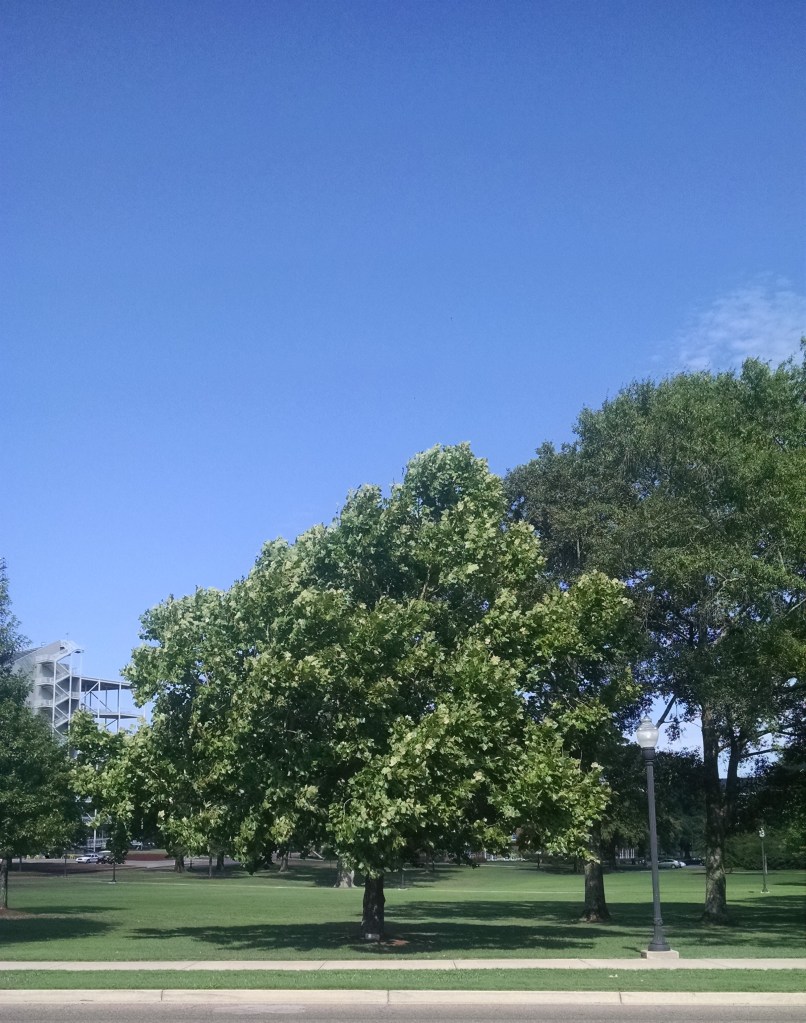
Marshall, Mirrors, and Mission History with NASA’s James Webb Space Telescope
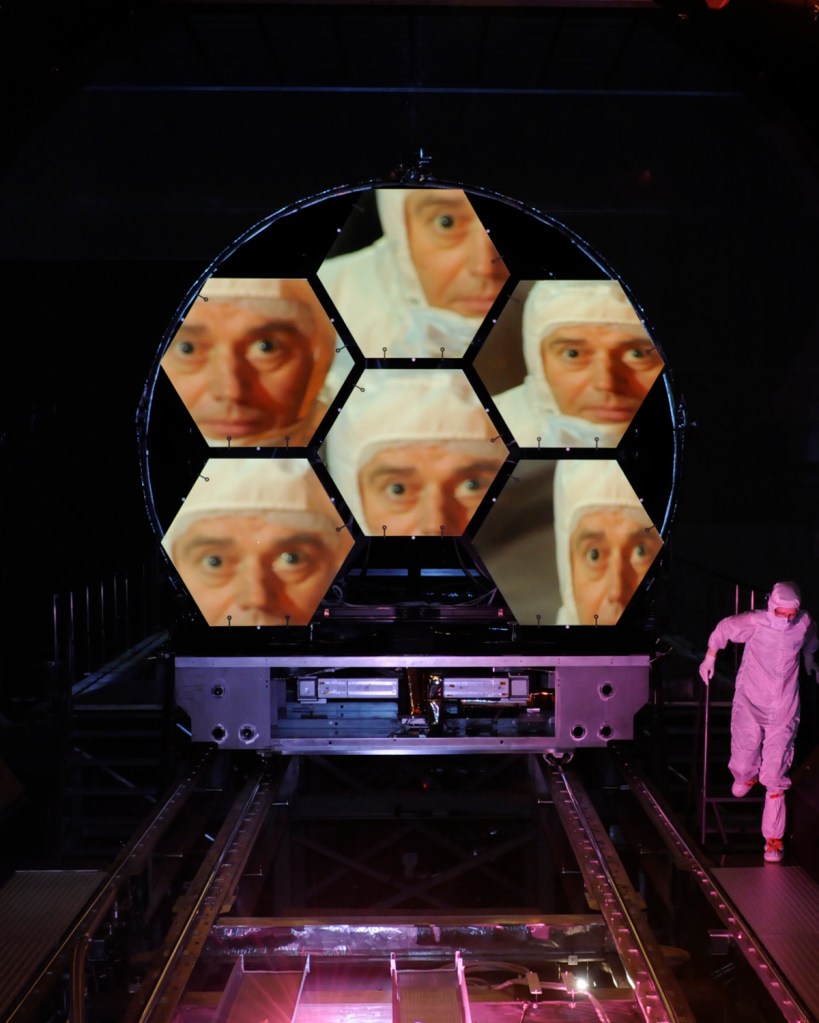
Pegasus Satellite
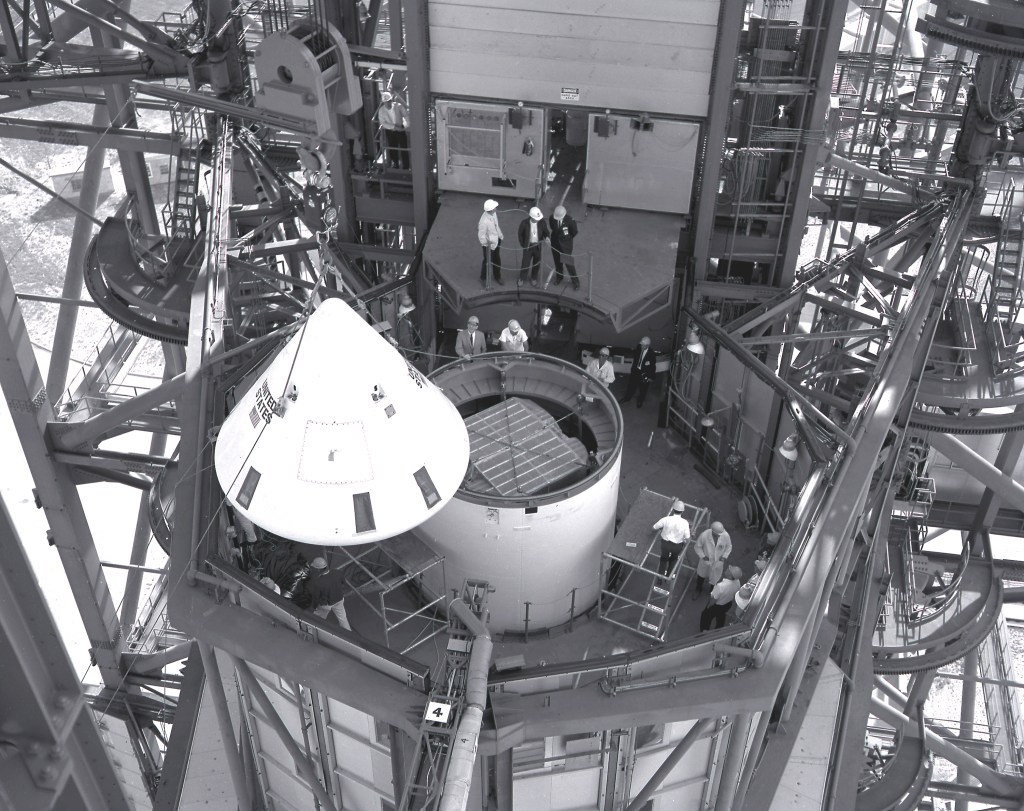
Story of Explorer 1
